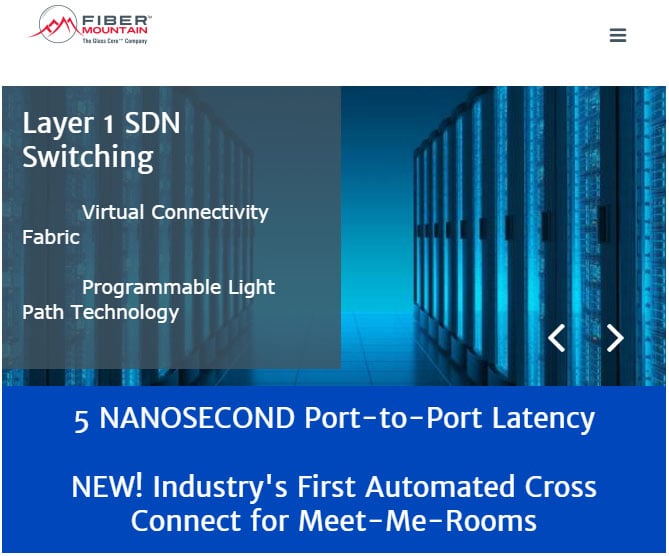ADTRAN's SD-Access Means Gains in Network Infrastructure
There's no doubt that 5G is going to become perhaps the biggest advance in communications development since, well, 4G. To get to that point, however, is going to take some significant advancement in network infrastructure to make it happen. ADTRAN is ready to help on that front, with a new network infrastructure advancement it's calling the SD-Access system, which will help deliver a new level of transparency, customization and cost-effective operations in networks, making them more than ready for the upcoming 5G revolution.
SD-Access represents what ADTRAN believes needs to happen before 5G can really take off. Service providers will need to bring out increasingly large numbers of radios to support the applications at the network's edge that will require a lot of bandwidth, and there will also need to be a greater focus on Ethernet backhaul that can better handle transport. Finally—and this is where ADTRAN is looking to make its big difference here—a software-defined access (SD-Access) system will have to step in to help drive the use of software-defined networking (SDN) and network functions virtualization (NFV) all the way to the network core of 5G.
With SD-Access, the system can include several access measures, not only point-to-point (P2P) but also point-to-multipoint (P2MP) next

generation passive optical network (PON), a point that allows for different kinds of network infrastructure to be put to use. All of these points will be necessary to help drive development on the kind of network connectivity that 5G promises, particularly the long-awaited points of high bandwidth and low latency.
Drawing on open reference architectures like the Central Office Re-architected as a Datacenter (CORD) project—which ADTRAN is offering further contributions to going forward—the end result is a slate of new technologies that can go into further network infrastructure development. These include points like NG-PON2 systems that can work in multiple wavelengths and serve as a fronthaul, backhaul and crosshaul system, as well as the ADTRAN Mosaic, an open, scalable SD-Access architecture system.
This is good news for future users of the network as it helps ensure that the network will be ready to go when 5G finally goes to commercial release, sometime in 2020 based on current reports. If ADTRAN can actually have a piece of the 5G market, then it's likely to see excellent returns, as 5G will likely be even greater an advance than 4G was. There have been some who figure 5G will ultimately replace land-based Internet options; Google Fiber might well be holding back for 5G access.
In the end, this is a development that will take a lot of work to bring to the fore, and ADTRAN is doing its part to promote better network infrastructure to make it happen.
Edited by Alicia Young


